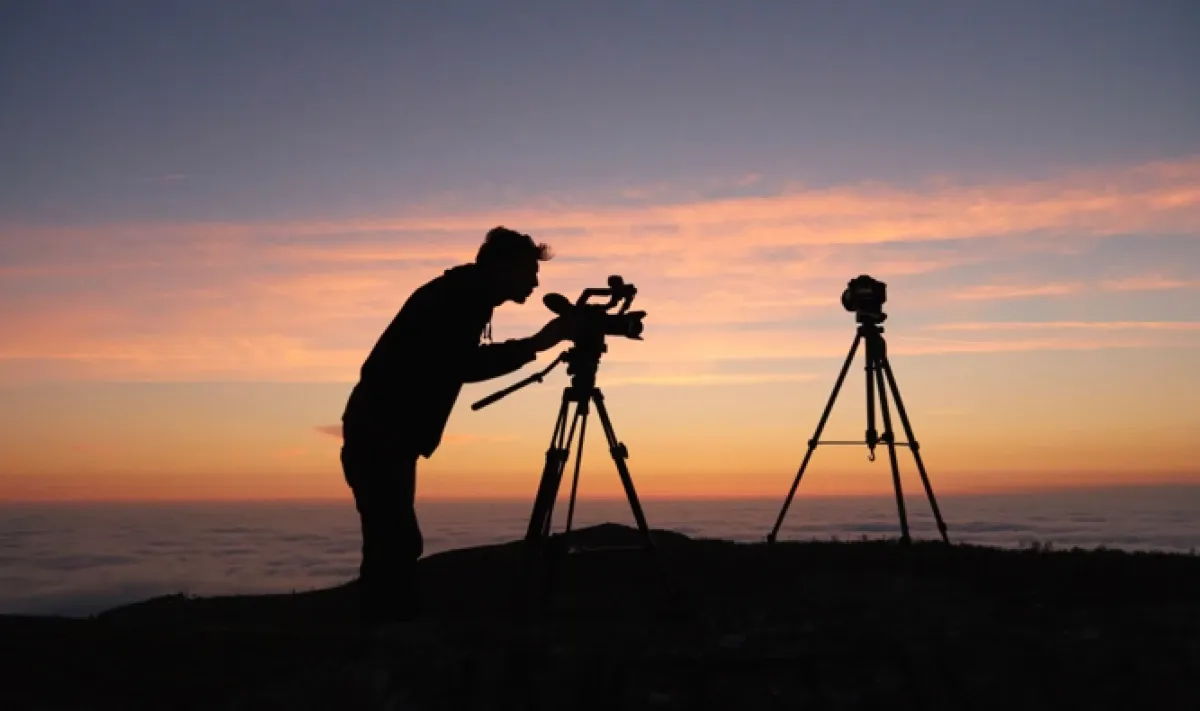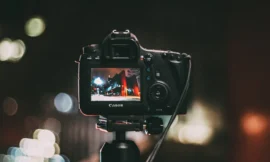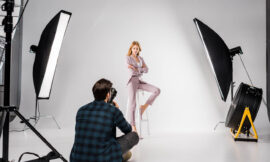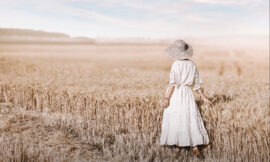Understanding Viewing Angles in Photography
In photography, the way you position your camera determines not only what you capture—but how your audience feels about it. Photography Angles and Camera Perspectives are fundamental Composition Techniques that guide viewers’ eyes, set emotional tone, and tell your story. Whether you’re comparing High Angle vs. Low Angle shots or exploring during a pre wedding photoshoot in Dubai , mastering these angles elevates your images from simple records to powerful narratives.
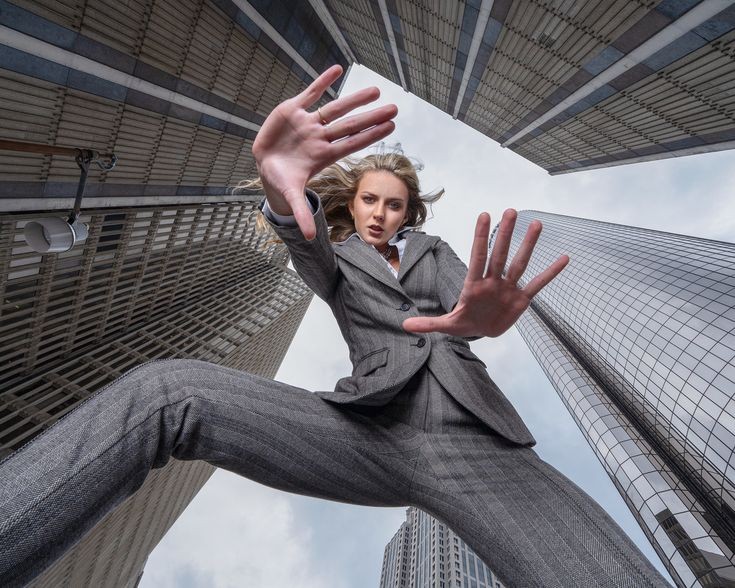
What Are Photography Angles & Why Do They Matter?
Photography Angles describe the relative position of the camera to your subject. This single choice can:
- Establish power dynamics (High Angle vs. Low Angle).
- Create intimacy or distance.
- Emphasize scale, texture, and environment.
When you deliberately select a Camera Perspective, you harness a visual language. A slight tilt up or down becomes a sentence; a dramatic bird’s-eye view is an exclamation. By understanding why these angles matter, you gain full control over your image’s impact.It’s especially powerful in creative settings like a stylized fashion photography Dubai session.
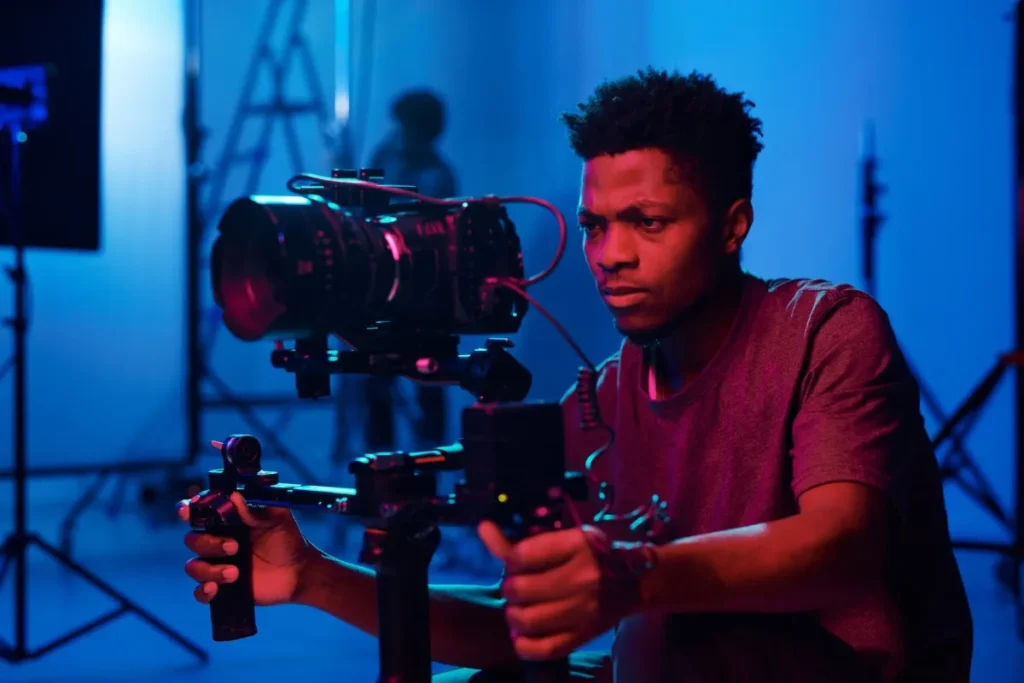
Different Types of Camera Angles (High, Low, Eye-Level)
1. Low Angle
○ Effect: Conveys strength, power, and grandeur
○ Use: Superhero-style portraits, towering architecture
○ Tip: Place your camera near the ground and shoot upward to exaggerate height and dominance.
2. High Angle
○ Effect: Suggests vulnerability, smallness, or innocence
○ Use: Emotional child portraits, overhead flat lays
○ Tip: Use a stool, rooftop, or drone for a true bird’s-eye perspective—perfect for dynamic projects when you shoot in Dubai’s urban spaces.
3. Eye-Level
○ Effect: Feels natural, honest, and direct—like a conversation
○ Use: Street photography, headshots, interviews
○ Tip: Keep your lens aligned with the subject’s eyes for maximum connection. This is a go-to for clients researching photoshoot in Dubai price options who want images that feel genuine.
These foundational Composition Techniques—especially the contrast between High Angle vs. Low Angle—give you a toolkit for varied storytelling.
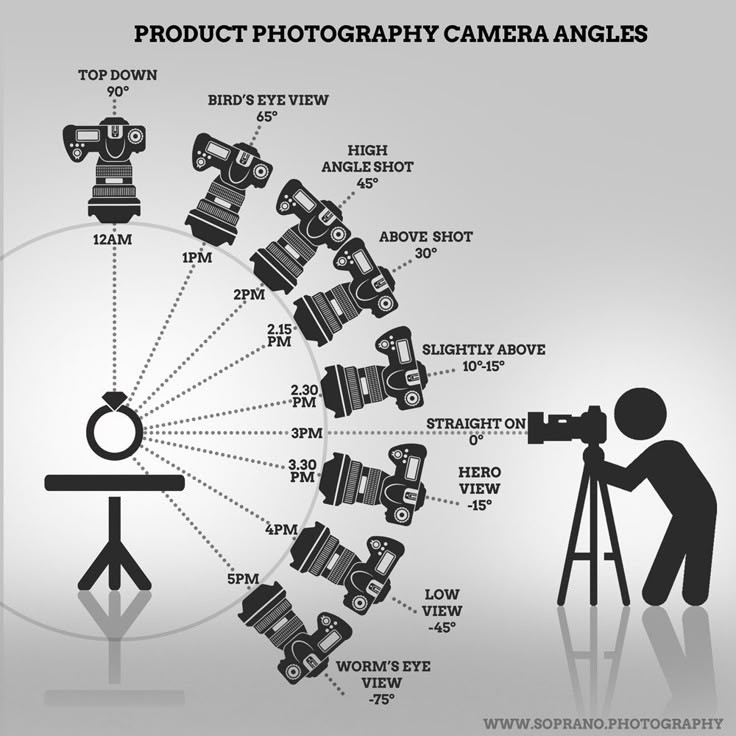
How Viewing Angles Impact Emotion & Storytelling
Every shift in Camera Perspective writes a new chapter in your visual tale:
- Low Angles empower your subject, making them heroes in their own story.
- High Angles evoke empathy, highlighting fragility or context.
- Oblique Angles (tilted frames) inject tension and drama.
- Bird’s-Eye Views detach the viewer, showing patterns and scale overlooked at eye level.
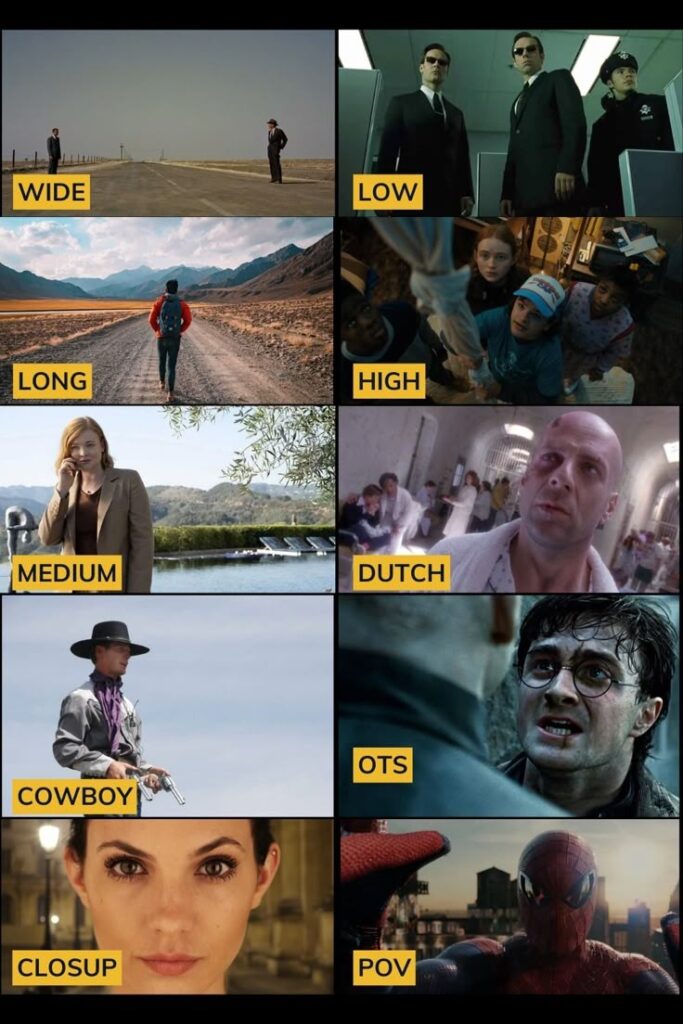
By consciously choosing your Photography Angles, you guide viewers through emotional highs and lows—crafting a cohesive narrative arc in a single frame.
If you’ve ever tried a desert photoshoot Dubai style, you know how angle can shape both emotion and atmosphere—turning sand dunes into an epic stage.
Best Camera Angles for Portraits, Landscapes, & Products
| Genre | Recommended Angles | Why It Works |
|---|---|---|
| Portraits | Eye-Level, Low Angle | Builds rapport; low angles add strength. |
| Landscapes | High Angle, Bird’s-Eye View | Reveals vastness; emphasizes scale and context. |
| Products | High Angle (flat lay), Straight-On Eye-Level | Flat lays highlight detail; eye-level feels direct. |
- Portraits: Start at Eye-Level for intimacy, then experiment with Low Angle for drama.
- Landscapes: Seek elevation—cliffs, drones, or rooftops—to capture sweeping vistas.
- Products: Use a High Angle flat lay for clean composition; switch to Eye-Level for lifestyle shots.
These Best Camera Angles adapt across genres, always fueling stronger storytelling.
Tips to Experiment with Creative Perspectives
- Move Around: Small position changes can yield radically different Photography Angles.
- Layer Foreground & Background: Use depth to amplify emotion.
- Combine Lenses & Angles: A wide lens at a Low Angle exaggerates scale; telephoto from High Angle compresses space.
- Embrace the Unconventional: Try Dutch angles or extreme close-ups to surprise viewers.
- Reflect & Review: Analyze which Camera Perspectives best convey your intended mood.
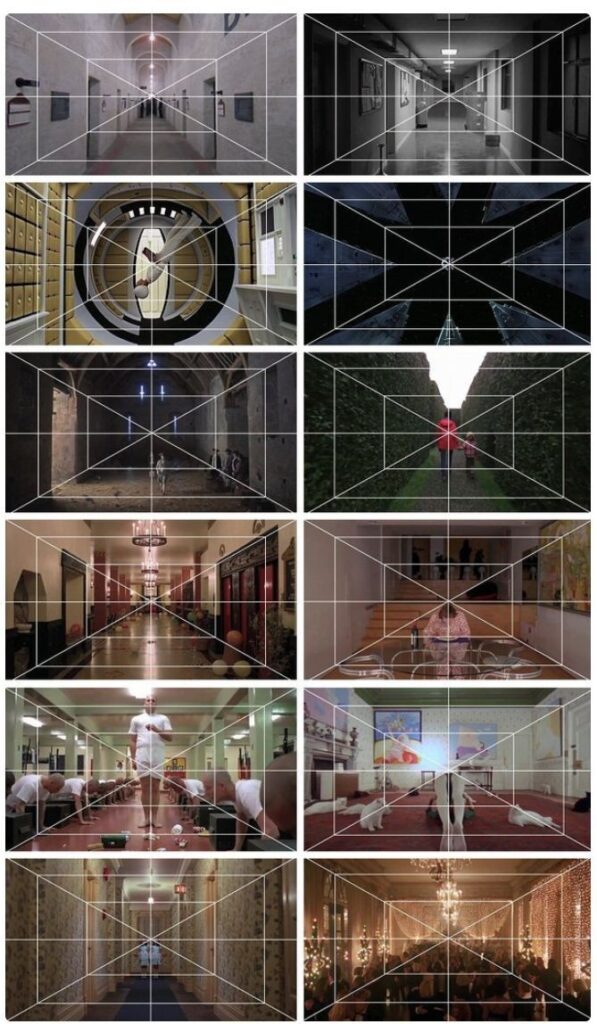
By mastering Photography Angles, understanding High Angle vs. Low Angle, and employing robust Composition Techniques, you transform your photographs into immersive stories. Next time you shoot, consider: Which Camera Perspective will best serve my narrative? Then choose it boldly, and let your images speak volumes.


